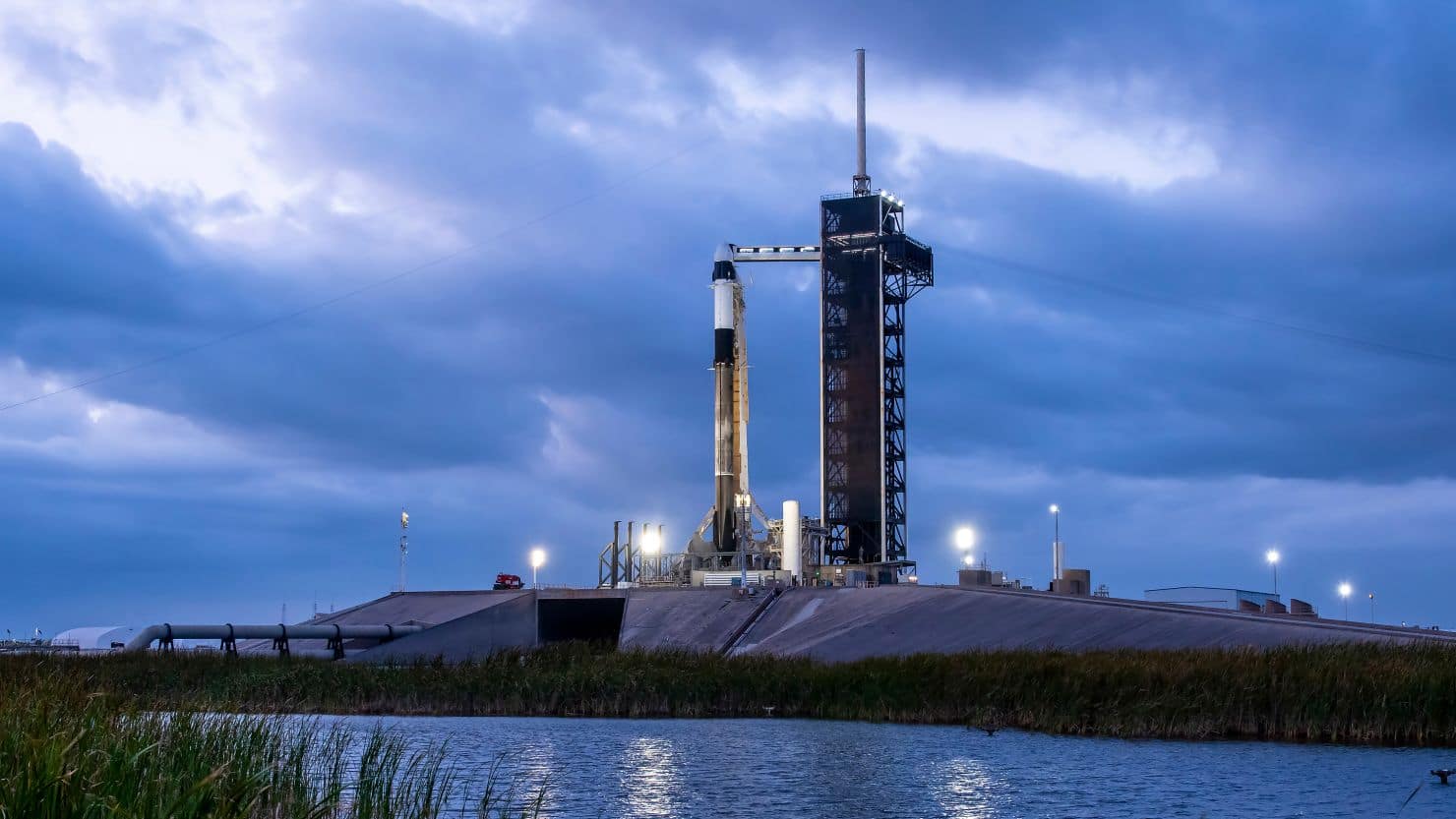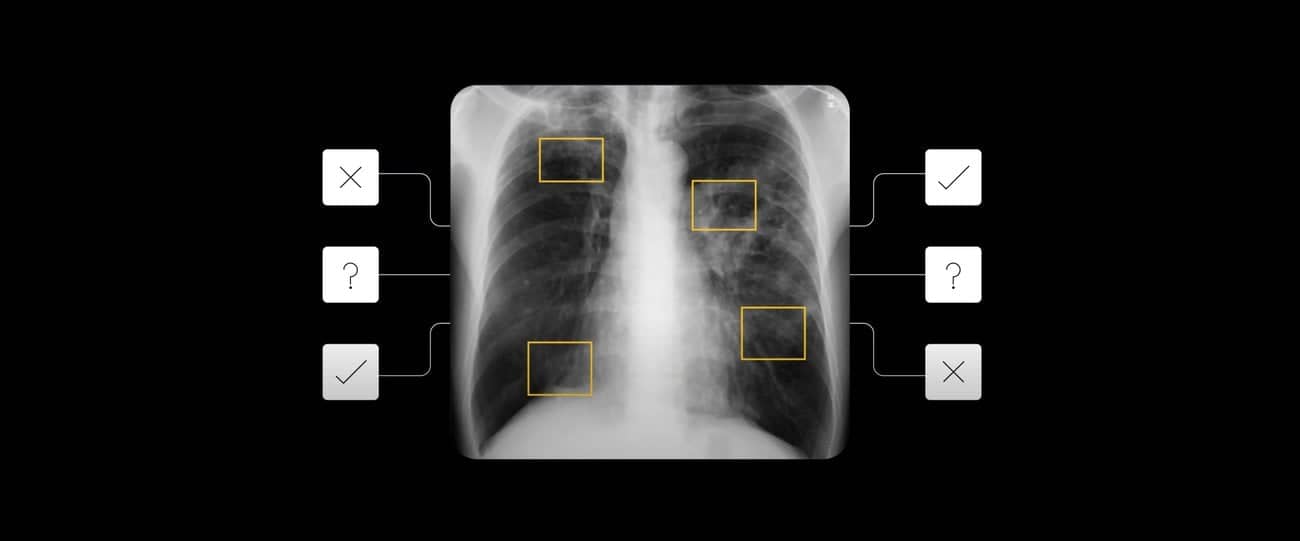Category: Science & Technology
-

OpenAI’s Open-Weight Language Model
OpenAI is poised to launch its first open-weight language model since GPT-2. The model is expected to feature reasoning capabilities. It aims to provide developers with publicly accessible trained parameters. This move comes in response to competition from other companies in the AI sector. What Are Weights in LLMs? In machine learning, weights are numbers…
-

What is Semicryogenic Engine?
Recently, ISRO achieved breakthrough in space propulsion technology with the successful hot test of its Semicryogenic engine. This engine is designed to power the Semicryogenic booster stage of the Launch Vehicle Mark-3 (LVM3) and boasts a thrust of 2,000 kN. The test, conducted at the ISRO Propulsion Complex in Mahendragiri, Tamil Nadu, validated various critical…
-
SpaceX’s Fram2 Mission
Recently, SpaceX is set to launch the Fram2 mission. The mission will take astronauts directly over Earth’s polar regions. It aims to conduct a series of scientific experiments. These include the first X-ray in space and cultivating mushrooms in microgravity. The results may pave the way for future missions to Mars. About Mission Fram2 is…
-
Health Risks of Martian Dust for Astronauts
Recent advancements in space exploration have raised concerns about the health risks associated with Martian dust. Researchers from several prestigious institutions have identified the toxic components of Martian dust and the necessary precautions for astronauts. As NASA and the Chinese Manned Space Agency plan missions to Mars, understanding these risks becomes crucial. Nature of Martian…
-
End of Gaia Mission
The European Space Agency (ESA) has officially concluded its Gaia mission on March 27, 2025. Launched in December 2013, Gaia has advanced our understanding of the Milky Way galaxy. This mission has provided unprecedented vital information about the galaxy’s structure and evolution through extensive observations. About Gaia Mission Gaia, formerly known as the Global Astrometric…
-
Earth’s Oldest Meteorite Impact Crater
Recent discoveries in the Pilbara region of Western Australia have revealed the oldest known meteorite impact crater on Earth. Formed over 3.5 billion years ago, this crater predates all previously known craters by more than a billion years. The findings support theories regarding the formation of Earth’s first continents. This discovery opens new avenues for…
-
What is DNA Fingerprinting?
DNA fingerprinting has revolutionised the fields of forensics, genealogy, and medicine. It is a powerful tool used to identify individuals based on their unique genetic makeup. This technology relies on the analysis of DNA, which is present in every cell of the body. What Is DNA? DNA, or deoxyribonucleic acid, is the hereditary material in…
-
Lyme Disease Treatment Breakthrough
Recent advancements in Lyme disease research have revealed a promising target for therapeutics. Scientists have identified an enzyme called BbLDH, crucial for the survival and infectivity of the bacterium Borrelia burgdorferi. This discovery paves the way for more effective treatments against Lyme disease and potentially other tick-borne illnesses. About Lyme Disease Lyme disease, or Lyme…
-
Dare2eraD TB Programme
The Department of Biotechnology (DBT) has advanced its efforts in combating tuberculosis (TB) through genomic sequencing initiative. As of March 2025, DBT has sequenced 10,000 samples of Mycobacterium tuberculosis, part of a larger goal to sequence 32,500 samples. This initiative aims to enhance understanding of drug-resistant TB and its unique genomic features in India. The…
-
Challenges in Eliminating Tuberculosis
Tuberculosis (TB) remains global health challenge. Despite advances in medicine, it affects millions each year. TB is primarily caused by the bacterium Mycobacterium tuberculosis. It mainly targets the lungs but can also affect other organs. Types of Tuberculosis TB can be classified into two main types – pulmonary and extrapulmonary. Pulmonary TB affects the lungs…







